In a demonstration around menthol, students saw firsthand how menthol, which has a fairly strong odor as a solid, had an EVEN STRONGER odor as it was heated. Students walked through an initial discussion of how matter changes from one state of matter to the next, and are starting to see how this relates to our overall driving question of "How can I smell things from a distance?"
We heated the menthol, allowing it to change from a solid, to a liquid, and to a gas, and with the help of ice, cooled the menthol from a gas, back to a liquid, and then to a solid again. We'll be using the ideas from this demonstration to further develop the model to explain the "how we smell things" phenomena!
We heated the menthol, allowing it to change from a solid, to a liquid, and to a gas, and with the help of ice, cooled the menthol from a gas, back to a liquid, and then to a solid again. We'll be using the ideas from this demonstration to further develop the model to explain the "how we smell things" phenomena!
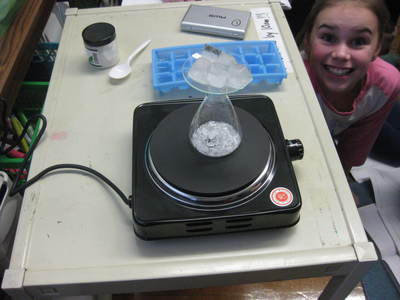
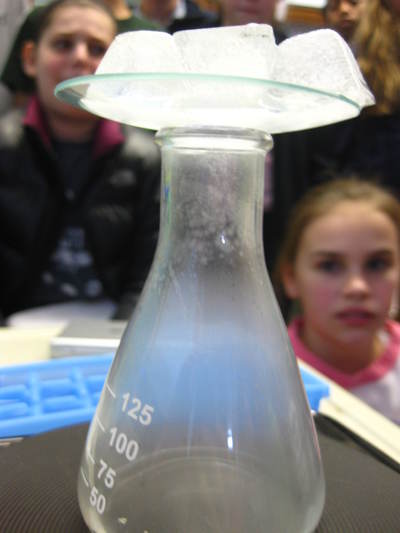
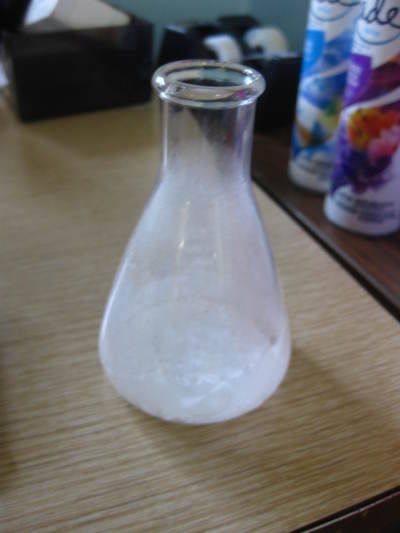
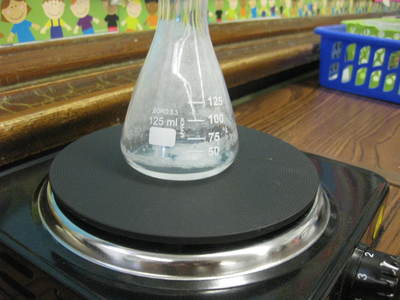
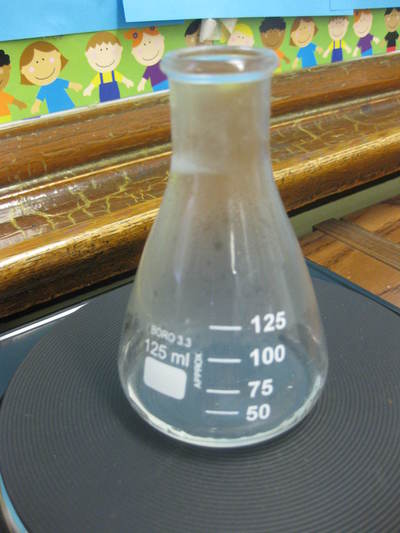
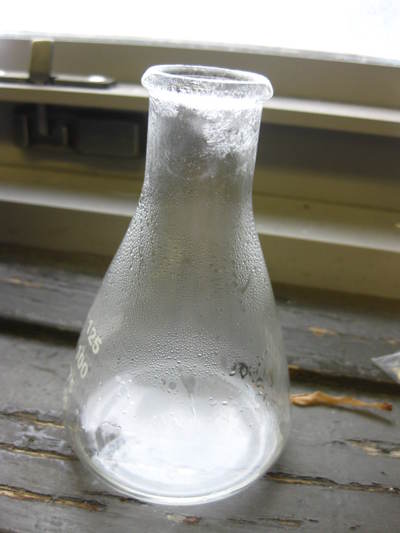
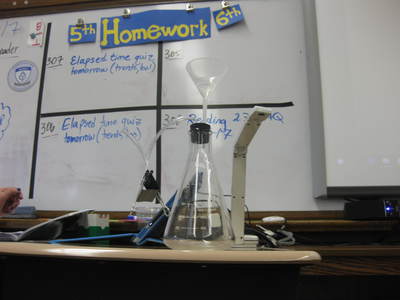
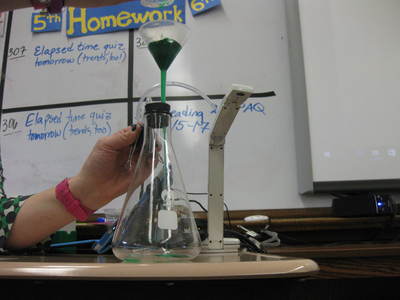
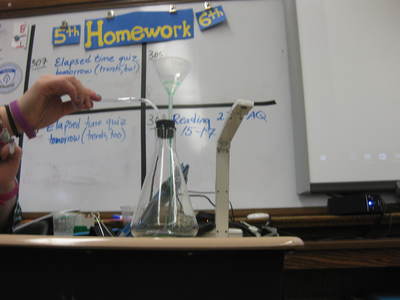
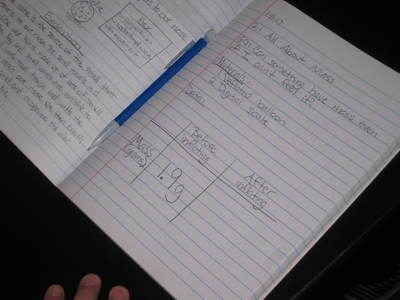
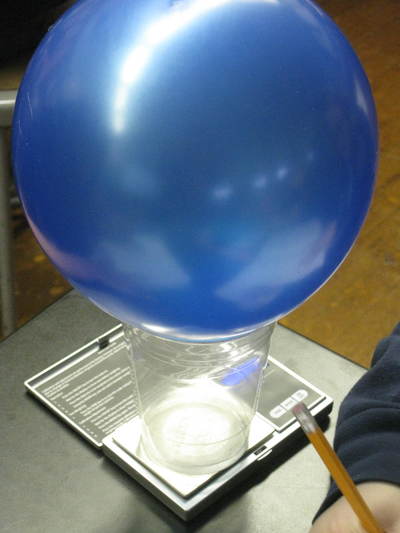
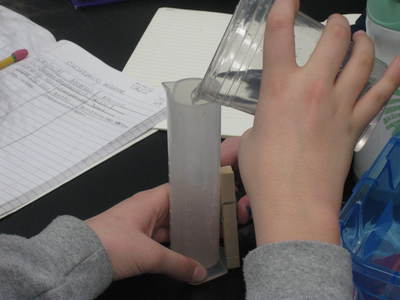
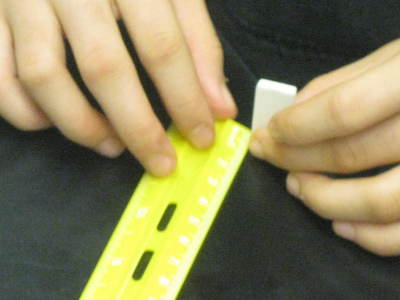
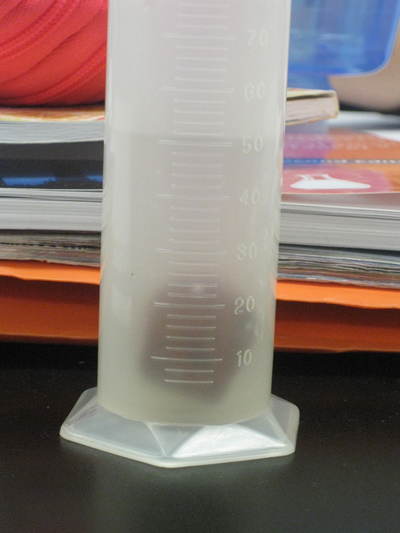
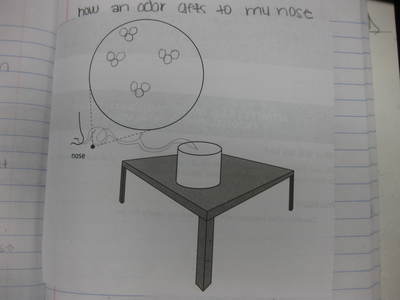
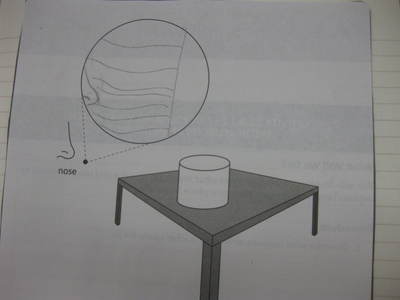
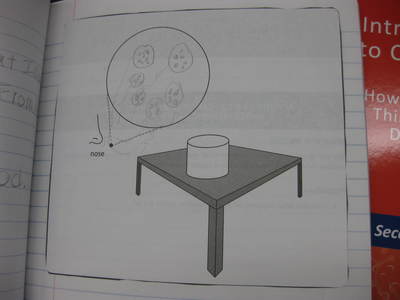
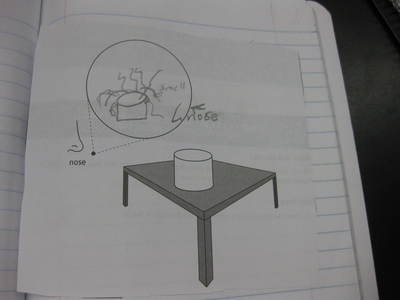
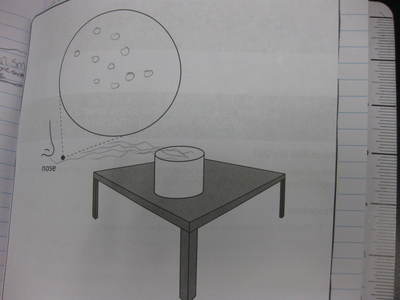
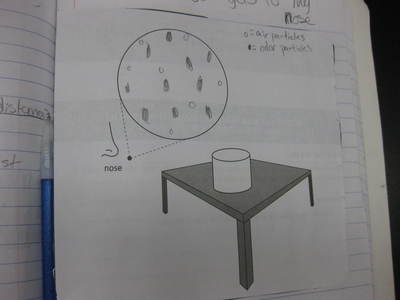
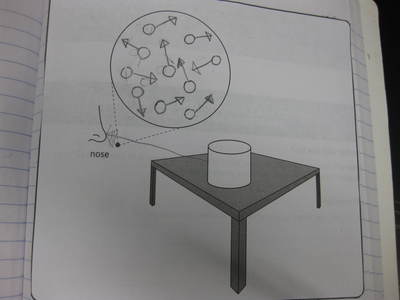
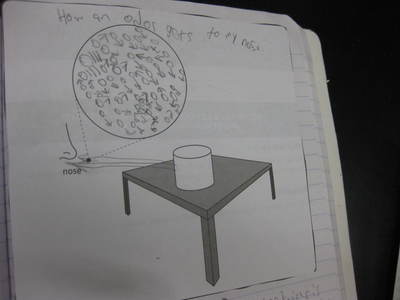
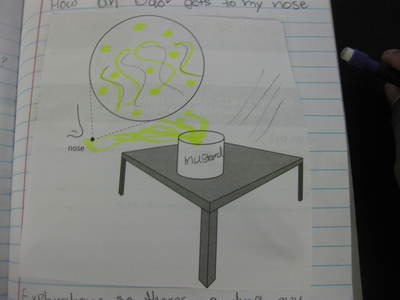
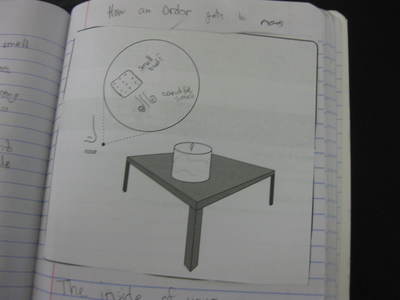
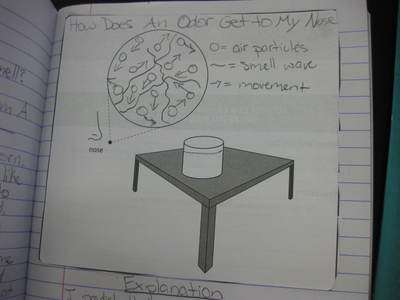
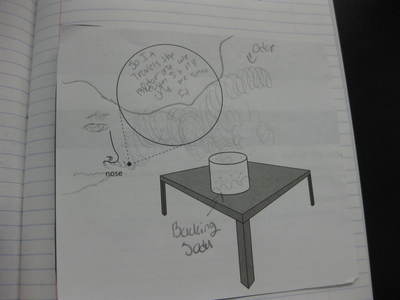
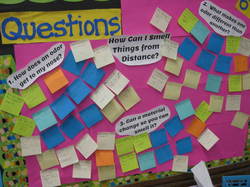
 RSS Feed
RSS Feed